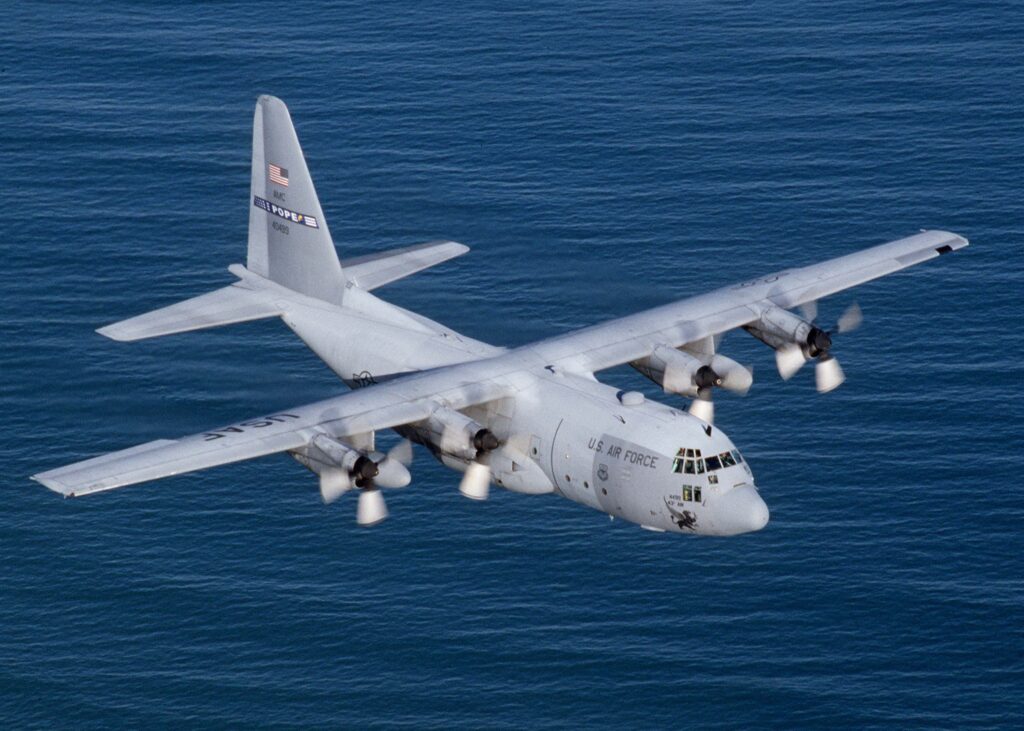The Enduring Herc

For all that folks talk about the B-52 being around forever, the C-130 first flew in 1954, and new ones are still being manufactured today. In basic form the C-130 can fulfill a variety of military and civilian functions as well or better than any other aircraft in service today. But just because the basic skeleton has remained the same over seventy years doesn’t mean that it’s remained static:
If we look at the K-model or the E-model as the Americans would refer to it, it was built with late 1960s technology, and it didn’t really change at all.
In terms of technology, when I first started out, the Hercules didn’t even have GPS. We were using Doppler and Decca and LORAN C [a radio navigation system using low-frequency signals]. And you know, people look at you and say ‘LORAN C? That was used for submarines,’ but we used it for aeroplanes as well. There would be someone with an oscilloscope back here, the navigator trying to figure out where you were. We actually had a periscope that we could put up, with a sextant to take star shots to find out where we were when we were out over the Atlantic.
Every airliner back in the 1980s had got rid of their navigators, got rid of their flight engineers, and moved onto glass cockpits and integrated avionics. The military have never really done that with the C-130 and I think when the J came out in the 2000s it was a chance for them to leap two or three generations of avionics and integration. It really is like comparing a 1970s Ford Fiesta to a Tesla in many respects, in terms of the leap in technology going from steam dials to glass panels, to head-up displays, to the integration of your flight management computer where the pilots can manipulate all this information. There is now a lot of automation: you put the data in and you follow the ‘pink string’ [a route line shown on the cockpit displays] whereas back in the day, we were literally using a map and the Mk 1 eyeball and a navigator using Doppler in the back. All those things are gone but gone for the right reasons.
The technological story of how the insides of aircraft have changed over the past seven decades is as or more interesting than how the outsides have changed. In my Defense Statecraft class last semester someone asked why anyone would still want a MiG-21 or an F-4 Phantom. The answer is that we came pretty close to perfecting the basic shapes of fighter, cargo, and even bomber aircraft in the fifteen or so years after World War II, and pretty much everything after that has been evolutionary rather than revolutionary. Sierra Hotel, by C.R. Anderegg, is very good at explaining the evolutionary differences between the F-4 and F-15, for example. Planes survive (like the B-52 and the F-15) because they are large enough and powerful enough to incorporate the revolutionary changes associated with communications, sensors, and targeting electronics, but even something as basic as a Phantom or a Fishbed is, in its contemporary incarnation, vastly more effective than what first flew in the 1950s. For aircraft missions (like those of the C-130) that don’t require truly awesome performance characteristics and that permit the incorporation of technological upgrades, there’s really no need to develop a new platform.
